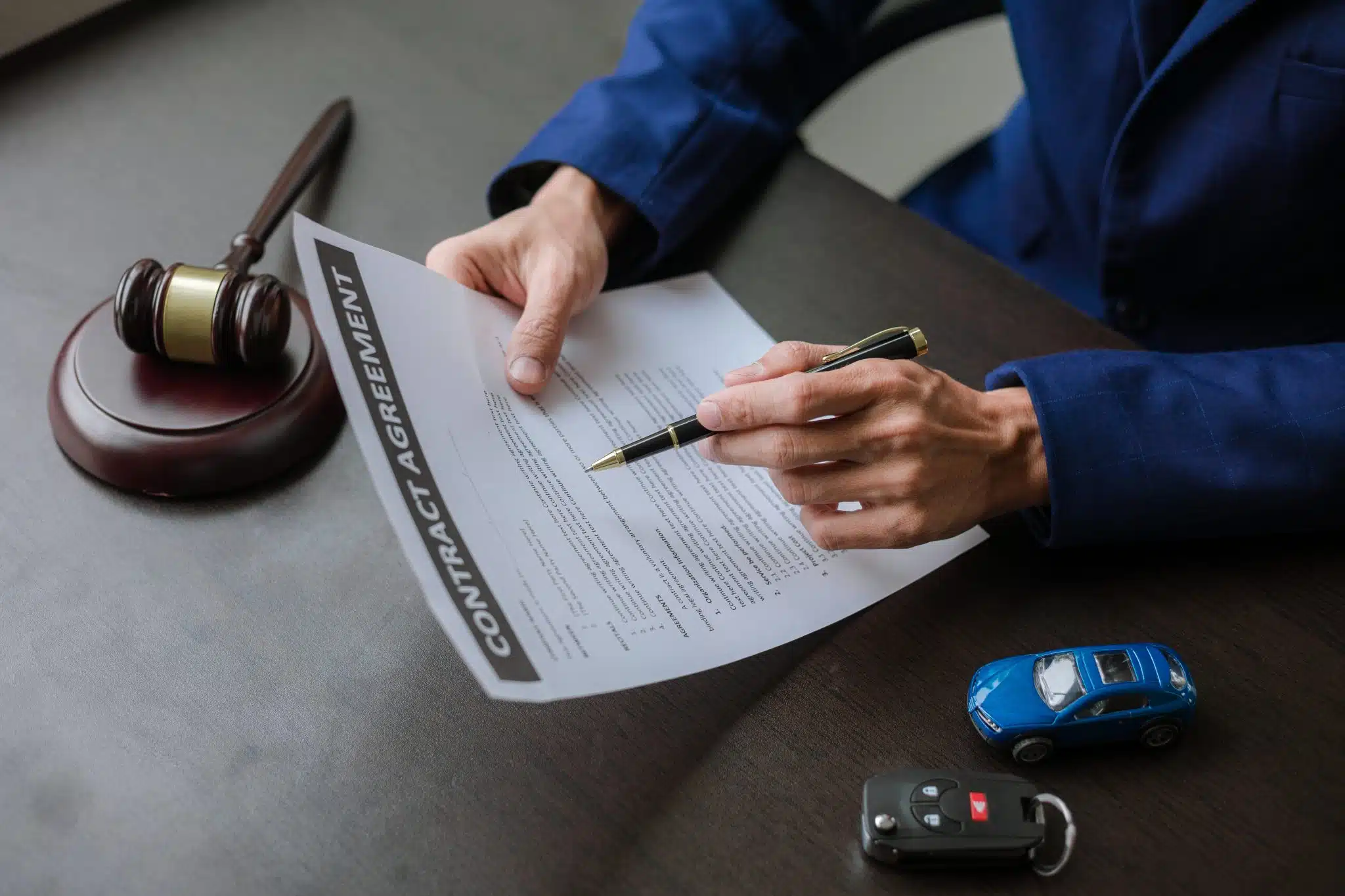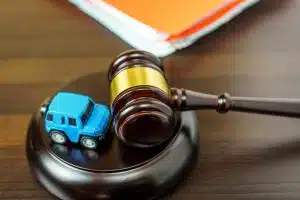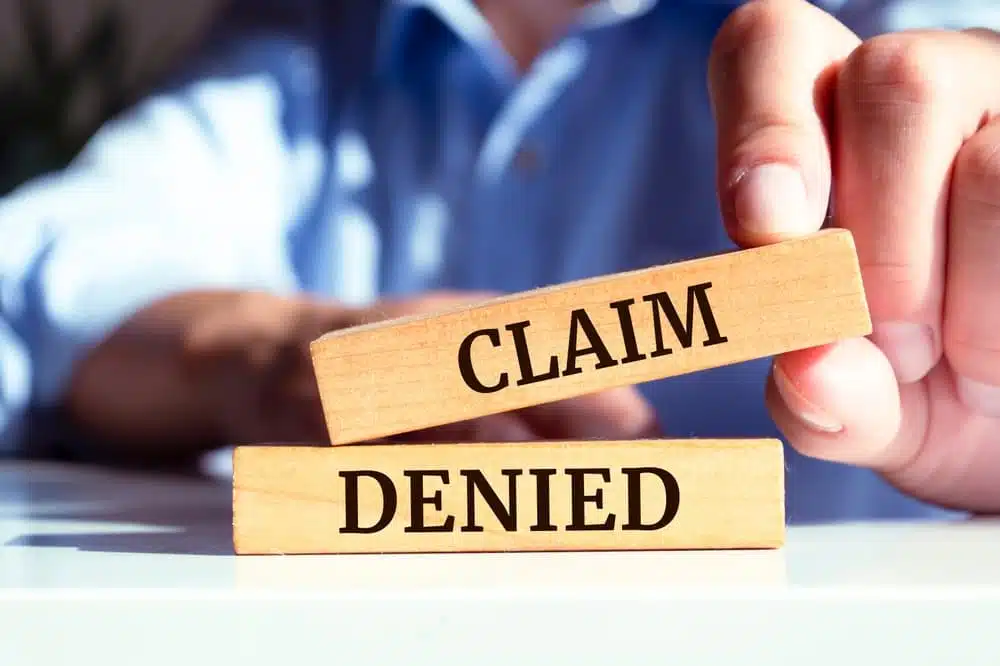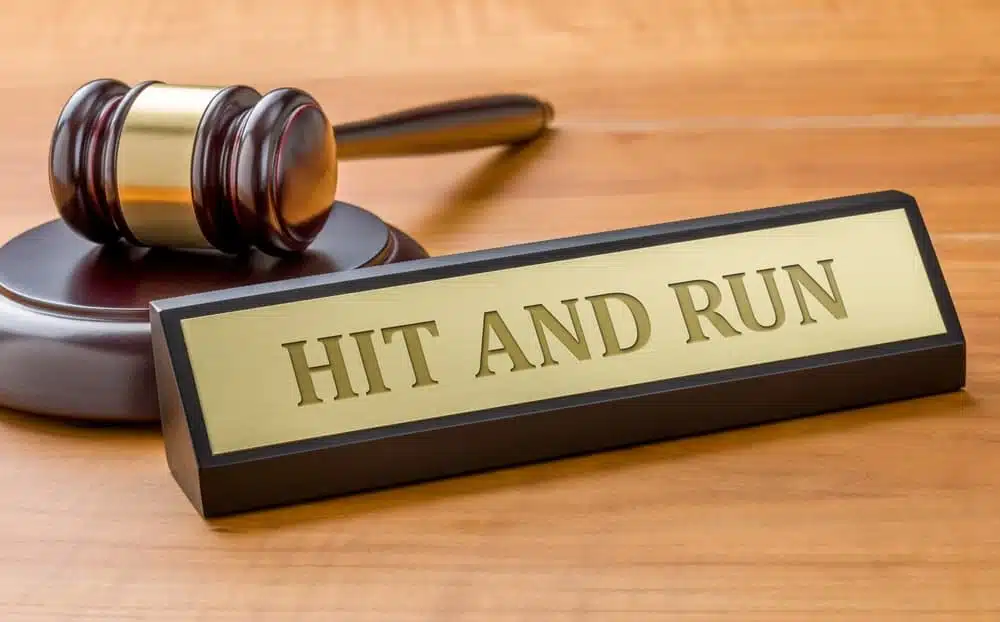
If you’ve recently been involved in a car accident that wasn’t your fault, you’re likely facing a whirlwind of concerns. Medical appointments, car repairs, lost wages, and mounting stress can quickly become overwhelming.
What do you do now, and how can you ensure you’re not left footing the bill for someone else’s negligence? Enter the car accident lawsuit, a legal process designed to help people like you seek justice and fair compensation. Car accident lawsuit attorneys in New York City can guide you through this process, advocating on your behalf to hold the responsible parties accountable and secure the compensation you deserve.
But what happens in a car accident lawsuit? How long does it take? What can you expect along the way?
Let’s break it down, step by step, to demystify the journey from crash to compensation.
Table of Contents
- Understanding Car Accident Lawsuits: More Than Just a Fender Bender
- The Journey Through a Car Accident Lawsuit: 12 Key Steps
- What Happens in a Car Accident Lawsuit: Final Thoughts
- Speak to a Car Accident Lawyer About Your Case Today
Understanding Car Accident Lawsuits: More Than Just a Fender Bender
First, it’s crucial to know that a car accident lawsuit is a civil action, not a criminal one. This means you’re not trying to send anyone to jail; instead, you seek financial compensation for your losses. These losses, also known as damages, might include:
- Medical expenses: From emergency room visits to ongoing physical therapy
- Vehicle repair or replacement costs: Getting you back on the road safely
- Lost income: Including both current and future earnings if your ability to work is impacted
- Pain and suffering: Compensation for physical discomfort and emotional distress
- Loss of enjoyment of life: If your injuries prevent you from engaging in activities you once enjoyed
- Property damage: For any personal items damaged in the crash
Each of these categories can significantly impact your life, and a car accident lawsuit aims to make you “whole” again, at least from a financial perspective.
The Journey Through a Car Accident Lawsuit: 12 Key Steps
Now, let’s dive into the step-by-step process of a car accident lawsuit. Remember, every case is unique, but this general roadmap will give you a good idea of what to expect.
Step 1: Prioritize Your Health
After an accident, your well-being should be your top priority. Seek medical attention immediately, even if you feel fine. Some injuries, like whiplash, concussions, or internal bleeding, may not be immediately apparent. Adrenaline can mask pain, leading you to underestimate the severity of your injuries.
Moreover, prompt medical care clearly links the accident and your injuries. This medical documentation serves as crucial evidence in your case. Follow your doctor’s orders closely and keep all follow-up appointments.
This not only ensures the best possible recovery but also demonstrates the seriousness of your injuries to insurance companies and, if necessary, a jury.
Step 2: Document, Document, Document
Think of yourself as a detective, collecting clues that will help solve the case of who’s responsible for your injuries. Here’s what you should try to document:
- Take photos of the accident scene from multiple angles
- Capture images of all vehicle damage, including close-ups and wide shots
- Photograph any visible injuries
- Collect contact and insurance information from other drivers involved
- Get contact details from any witnesses
- Note the weather conditions, time of day, and any relevant road conditions
- Obtain a copy of the police report or at least the report number
This evidence will be invaluable as your case progresses. If you’re too injured to gather this information yourself, ask a friend, family member, or your attorney to do so as soon as possible after the accident.
Step 3: Consult a Car Accident Attorney
As soon as you’re medically stable, it’s time to seek legal advice. Look for a car accident lawyer who handles car accident cases. Many law firms, including our team at Rothenberg Law Firm LLP, offer free initial consultations.
During this meeting, we’ll evaluate your case and explain your options. We’ll ask about the details of the accident, your injuries, and how the incident has impacted your life. This is also your chance to ask questions and get a feel for how we work.
Don’t worry about upfront legal costs – most car accident attorneys work on a contingency fee basis. This means we only get paid if we win your case. It aligns our interests with yours and allows you to access high-quality legal representation regardless of your financial situation.
Step 4: Investigation and Case Building
Once you’ve hired an attorney, they’ll launch a thorough investigation. This is a critical phase that can make or break your case. Your legal team will leave no stone unturned in building the strongest possible argument on your behalf. This might involve:
- Analyzing police reports and witness statements
- Reviewing your medical records and consulting with your healthcare providers
- Hiring accident reconstruction experts to determine exactly how the crash occurred
- Investigating the other driver’s background and driving history
- Identifying all potential sources of compensation, including insurance policies
- Calculating the full extent of your current and future damages
- Gathering evidence of any traffic violations or negligent behavior by the other driver
This process can take time, but it’s essential for building a rock-solid case. Your attorney will keep you updated on their progress and may ask for additional information or documentation as needed.
Step 5: Filing an Insurance Claim
Before heading to court, your attorney will typically attempt to settle with the insurance company. They’ll prepare and send a demand package outlining your case and requesting compensation. This letter will detail:
- The circumstances of the accident
- Your injuries and medical treatment
- Your financial losses, including medical bills and lost wages
- Any long-term or permanent impacts on your life
- The amount of compensation you’re seeking
This often leads to negotiations with the insurance adjuster. Your attorney will handle these discussions, advocating for your best interests and pushing back against lowball offers.
Remember, insurance companies are businesses focused on their bottom line. They may try to minimize your claim or shift blame onto you. Having an experienced attorney in your corner ensures you’re not taken advantage of during this process.
Step 6: Filing the Lawsuit
If negotiations with the insurance company stall or they refuse to offer a fair settlement, your attorney may recommend filing a lawsuit. They’ll prepare a legal document called a complaint, which formally initiates your lawsuit. The complaint will detail:
- The facts of the accident
- Your injuries and their impact on your life
- The legal basis for holding the defendant responsible
- The types and amount of damages you’re seeking
This document is then filed with the appropriate court and served on the defendant (usually the other driver, but sometimes their employer or a vehicle manufacturer if they played a role in the accident).
Filing a lawsuit doesn’t mean you’re definitely going to trial – many cases still settle out of court. However, it shows the insurance company that you’re serious about pursuing fair compensation.
Step 7: The Defendant’s Response
After being served with your complaint, the defendant (usually through their insurance company’s lawyers) will file an Answer. In this document, they may:
- Admit fault
- Deny responsibility
- Try to shift some or all of the blame onto you
- Raise legal defenses that could limit your ability to recover damages
Their response will shape the next steps in your case and give your attorney insight into their strategy.
Step 8: The Discovery Phase
Discovery is where both sides exchange information about the evidence and witnesses they’ll present at trial. This phase ensures there are no surprises in court and allows each side to build their strongest case.
Discovery may include:
- Interrogatories: Written questions that must be answered under oath
- Requests for documents: Formal requests for relevant records, such as medical files or employment records
- Depositions: Out-of-court sworn testimony from parties, witnesses, and experts
- Medical examinations: The defense may request that you be examined by their chosen doctor
- Expert witness reports: Both sides may hire experts to analyze evidence and provide professional opinions
Discovery can take months or even years in complex cases. It’s often the longest part of the legal process, but it’s crucial for building a strong case.
Step 9: Motions and Continued Negotiations
As your case progresses through discovery, either side may file motions with the court. These are formal requests asking the judge to make a decision on a specific issue.
Common motions in car accident cases include:
- Motion to dismiss: The defendant may ask the court to throw out your case for legal reasons
- Motion for summary judgment: Either side may ask the judge to decide the case without a trial if there are no disputed facts
- Motions to compel: If one side isn’t cooperating with discovery requests, the other may ask the court to intervene
Meanwhile, settlement negotiations often continue behind the scenes. As more information comes to light during discovery, both sides get a clearer picture of the case’s strengths and weaknesses. This can sometimes lead to renewed settlement talks.
Step 10: Mediation
Many courts require a formal attempt at settlement before allowing a case to go to trial. This often takes the form of mediation. In mediation:
- A neutral third party (the mediator) facilitates negotiations between you and the defendant
- Both sides present their case and their settlement position
- The mediator helps identify common ground and potential areas of compromise
- Discussions are confidential, encouraging open and honest communication
Mediation can be a powerful tool for resolving cases. It’s often faster and less stressful than going to trial, and it gives you more control over the outcome. However, you’re not obligated to accept any settlement offer if you don’t believe it’s fair.
Step 11: The Trial
If mediation fails and you can’t reach a settlement agreement, your case will proceed to trial. While only a small percentage of car accident cases make it this far, it’s important to be prepared. Here’s what you can expect:
- Jury selection: Both sides participate in choosing jurors from a pool of candidates
- Opening statements: Your attorney and the defense lawyer outline their cases
- Presentation of evidence: Both sides present documents, photos, and other physical evidence
- Witness testimony: You, the other driver, eyewitnesses, and experts may be called to testify
- Cross-examination: Each side’s attorney questions the other side’s witnesses
- Closing arguments: Both lawyers summarize their cases and ask the jury to rule in their favor
- Jury deliberation: The jury discusses the case privately and reaches a verdict
- Verdict: The jury’s decision is read in court
Trials can last anywhere from a day to several weeks, depending on the complexity of the case. Your car accident attorney will thoroughly prepare you for what to expect and will be there to support you every step of the way.
Step 12: Post-Trial Procedures
If you win at trial, the court will award damages. However, the legal journey may not be over yet:
- The defendant may file post-trial motions asking the judge to overturn the verdict or reduce the damages
- They may also appeal the decision to a higher court
- If you lose at trial, you may have the option to appeal as well
Your car accident lawyer will guide you through these final steps, working to secure your compensation and defend against any challenges to your victory.
What Happens in a Car Accident Lawsuit: Final Thoughts
Navigating a car accident lawsuit can feel overwhelming, but remember, you don’t have to face it alone. At The Rothenberg Law Firm LLP, we’ve guided countless clients through this process, fighting tirelessly for the compensation they deserve. We are proud to have won and collected billions of dollars for our clients.
Our experienced lawyers will be with you every step of the way, from that first consultation to the final resolution of your case.
Every car accident case is unique, with its own twists and turns. The exact path your lawsuit takes may vary from what we’ve outlined here. That’s why having an experienced legal team by your side can make all the difference. We’re here to answer your questions, protect your rights, and help you on your road to recovery.
Speak to a Car Accident Lawyer About Your Case Today
Contact Rothenberg Law Firm LLP today for a free consultation. Let us use our skills so you can focus on what matters most—your health and recovery.
Remember, you didn’t ask to be in this situation. Let us help you turn this challenging chapter of your life into a story of perseverance, justice, and recovery.





